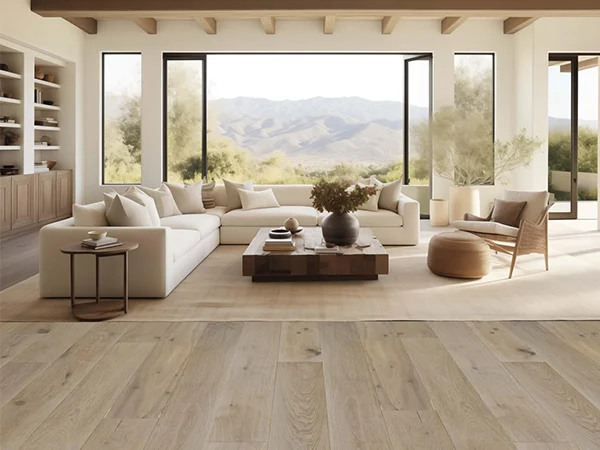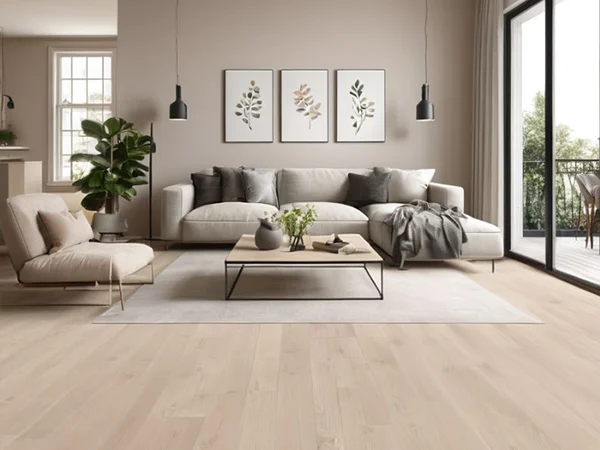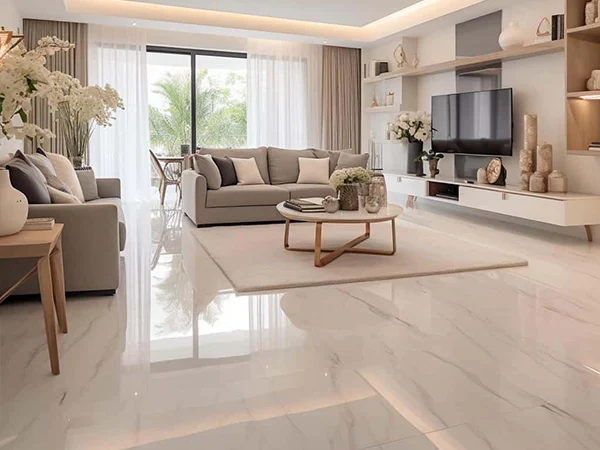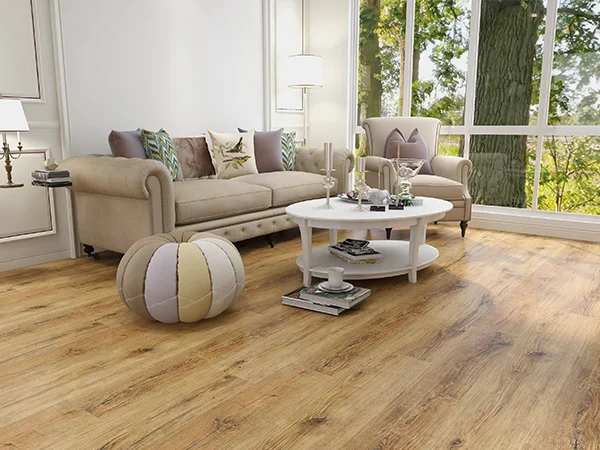
In both engineering projects and home renovations, flooring serves not only as a fundamental spatial element but also as a vital expression of overall design. Particularly in recent years, SPC flooring has become the preferred choice for an increasing number of users due to its advantages such as immediate installation and formaldehyde-free eco-friendliness. During the installation process, understanding the required ventilation time for different flooring types helps create a safer living environment.
Recommended Ventilation Time for Different Types of Flooring
E1-grade composite flooring: At least 15 days of ventilation are required, and the best ventilation time is more than 3 months. The first 3 months are the peak period of formaldehyde release, and it is recommended to maintain ventilation for 12 hours a day. If there are pregnant women or babies in the home, it is recommended to ventilate for at least 6 months and conduct professional testing to protect their health.
The surface of the tile needs to be dried for 24 hours, and the bottom layer needs to be cured for 48–72 hours. It is generally recommended to ventilate for 3–5 days before acceptance, and it should be extended to 7–10 days in winter or humid weather to ensure a dry environment.
The above ventilation time is for reference only, and the actual situation will vary depending on the weather and environment. Be sure to adjust according to the specific situation.



Ready-to-Use SPC Flooring
In today's fast-paced world, many users want to shorten renovation timelines without compromising indoor health. As a high-performance innovative flooring solution, SPC flooring stands out with its remarkable ready-to-use advantage:

The ventilation time required for newly installed flooring depends heavily on material properties. Scientifically selecting flooring materials and planning ventilation effectively helps create a healthier living environment. Compared to traditional flooring, SPC flooring offers immediate use after installation and is environmentally friendly with zero formaldehyde emissions, making it ideal for rapid occupancy and renovation projects in modern homes and commercial spaces.